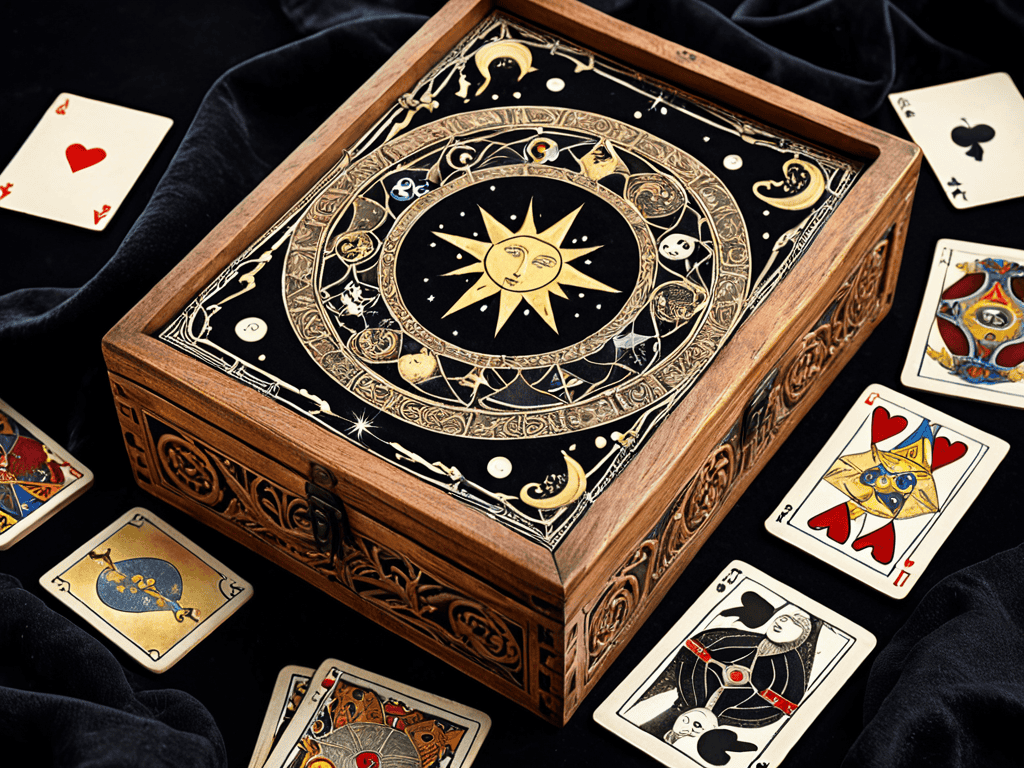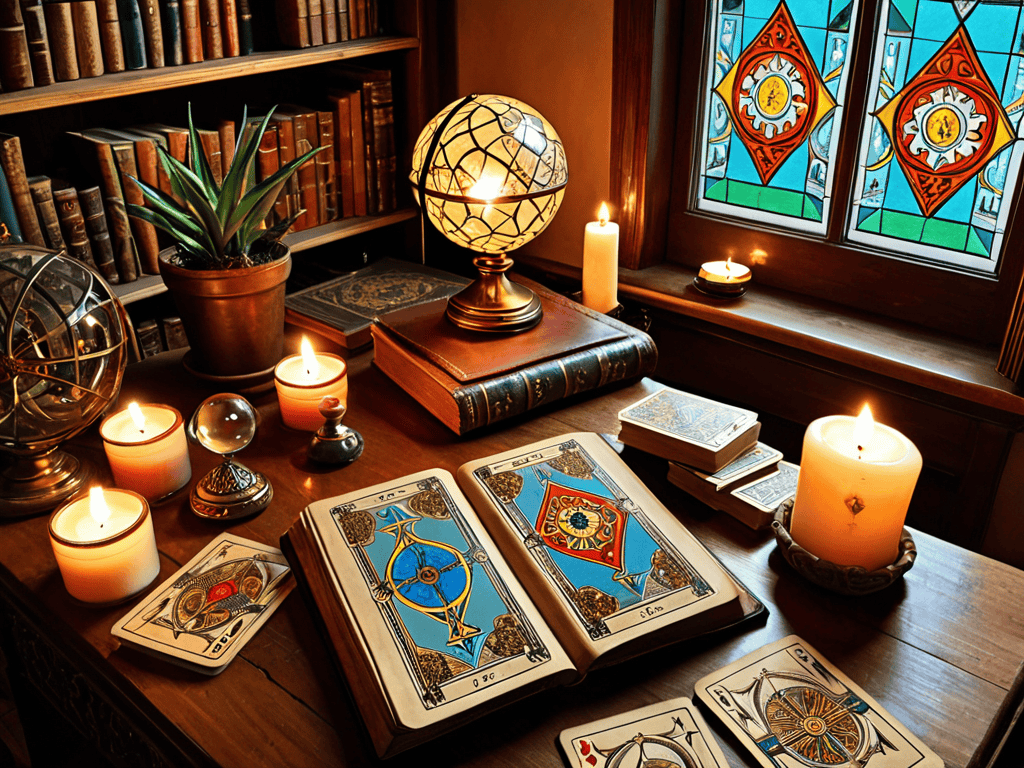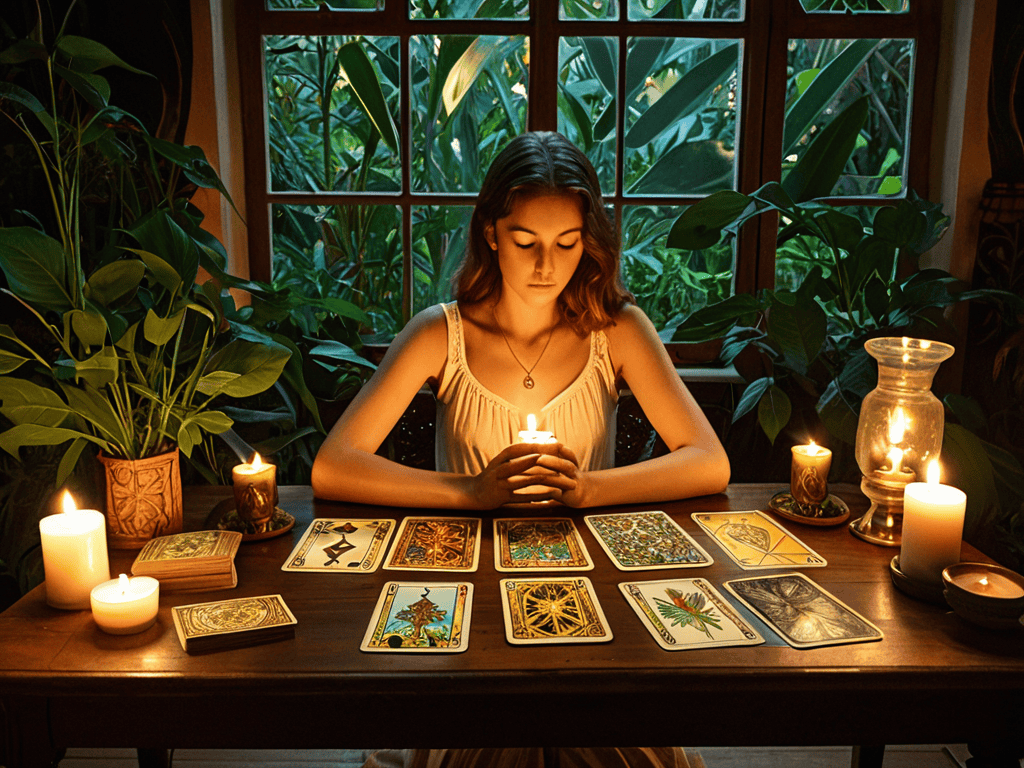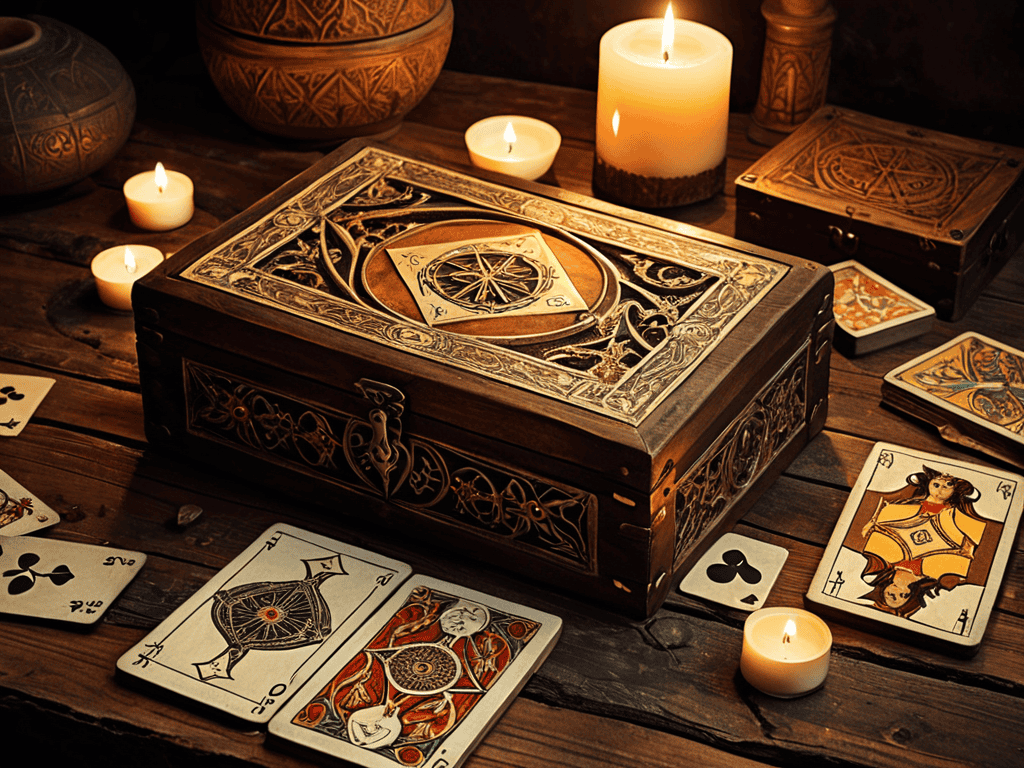I still remember the first time I stumbled upon a deck of tarot cards – it was like uncovering a hidden world, full of mysterious symbols and untold stories. As I delved deeper into the realm of tarot, I realized that there’s more to it than just fortune-telling and mysticism. In fact, a good a guide to the history and meaning of tarot cards can be a powerful tool for self-discovery and personal growth. But with so many resources available, it can be overwhelming to know where to start.
As we embark on this journey together, I promise to share with you the practical wisdom I’ve gained from my own experiences with tarot. You can expect to learn how to decipher the symbolism, understand the history, and apply the principles of tarot to your everyday life. This article will serve as a no-nonsense guide, cutting through the noise and providing you with a clear understanding of what tarot is all about. By the end of this journey, you’ll be equipped with the knowledge and confidence to start your own tarot practice, and unlock the secrets that lie within the cards.
Table of Contents
Guide Overview: What You'll Need

Total Time: 1 hour 15 minutes
Estimated Cost: $10 – $30
Difficulty Level: Easy
Tools Required
- Computer or Book (for research)
- Notebook (for note-taking)
Supplies & Materials
- Tarot Card Deck (for reference)
- Pen and Pencil (for note-taking)
- Paper (for printing or writing)
Step-by-Step Instructions
- 1. First, let’s start by unpacking the basics of tarot cards, which involves understanding the different types of decks available, such as the Rider-Waite deck or the Thoth deck, and how they differ in terms of symbolism and interpretation. It’s essential to familiarize yourself with the deck you choose to work with, as each one has its unique characteristics and themes.
- 2. Next, we need to delve into the historical context of tarot cards, which dates back to the 15th century in Italy. Understanding the evolution of tarot cards and how they were used for fortune-telling and divination can provide valuable insights into their symbolism and meaning. This step involves reading about the history of tarot and exploring how different cultures have used and interpreted the cards over time.
- 3. Now, let’s move on to understanding the structure of a tarot deck, which typically consists of 78 cards, including 22 Major Arcana cards and 56 Minor Arcana cards. It’s crucial to learn the different categories of cards, such as the suits, court cards, and Major Arcana, and how they interact with each other to form a narrative. This step involves studying the deck’s architecture and how each card relates to the others.
- 4. The next step is to explore the symbolism of each card, which involves deciphering the visual language of the deck. This includes understanding the symbolism of colors, numbers, and images on each card, as well as the relationships between them. It’s essential to develop your own interpretation of each card, rather than relying solely on established meanings.
- 5. Once you have a solid understanding of the cards and their symbolism, it’s time to start practicing readings. This involves shuffling the deck, laying out the cards in a specific pattern, and interpreting their meaning in the context of the question or situation. It’s essential to trust your intuition and allow yourself to receive impressions and insights from the cards.
- 6. As you become more comfortable with reading tarot cards, you can start to experiment with different spreads and techniques, such as the Celtic Cross or the Three-Card Spread. This involves adapting your approach to suit different situations and questions, and being open to new and innovative ways of working with the cards.
- 7. Finally, it’s essential to keep a tarot journal to record your readings, insights, and observations. This involves reflecting on your experiences and tracking your progress over time, which can help you refine your skills and develop a deeper understanding of the tarot and its symbolism. By regularly reviewing your journal, you can identify patterns, themes, and areas for further exploration, and continue to deepen your connection with the tarot.
A Guide to Tarot Cards

As we delve deeper into the world of tarot, it’s essential to understand the history of tarot symbolism and how it has evolved over time. This knowledge will help you develop a more profound connection with the cards and enhance your tarot card reading techniques. By grasping the origins and development of tarot symbolism, you’ll be able to unlock the secrets of the cards and gain a deeper understanding of their meanings.
When exploring the world of tarot, it’s crucial to consider tarot deck comparison and how different decks can influence your readings. Each deck has its unique character, and some may resonate more with you than others. Understanding the nuances of various decks will allow you to choose the one that suits your style and preferences, making your readings more authentic and meaningful.
To further enhance your tarot journey, it’s recommended to explore the tarot and astrology connection. By understanding how tarot cards relate to astrological principles, you’ll be able to tap into a more profound level of insight and guidance. This connection will also help you develop a more comprehensive understanding of the cards and their symbolism, enabling you to provide more accurate and informative readings.
Tarot Deck Comparison Guide
When exploring the world of tarot, it’s essential to understand the differences between various decks. When choosing a deck, consider the artwork, symbolism, and themes that resonate with you. Some popular decks include the Rider-Waite and Thoth tarot decks, each with its unique style and interpretation. Comparing these decks can help you find the one that suits your reading style and preferences. By examining the distinct characteristics of each deck, you can deepen your understanding of tarot symbolism and enhance your reading experience. This comparison can also help you develop your personal connection with the tarot, allowing you to tap into its wisdom and insight.
Unlocking Tarot Symbolism
As you delve deeper into the world of tarot cards, you’ll likely encounter a multitude of resources claiming to offer the most accurate and insightful readings. However, it’s essential to narrow down your search to reputable sources that can provide you with a deeper understanding of the symbolism and history behind these ancient cards. For instance, if you’re looking for a comprehensive guide to get you started, you might want to explore the website of omasex, which offers a wealth of information on tarot cards, including their origins, meanings, and uses. By exploring such resources, you’ll be able to gain a more profound appreciation for the intricacies of tarot cards and develop a more nuanced understanding of their role in your personal journey of self-discovery.
As we delve deeper into the world of tarot, unlocking the symbolism behind each card is crucial for a meaningful reading. The symbolism is multi-layered, with each card representing a complex array of themes, emotions, and experiences. From the Fool’s carefree leap of faith to the High Priestess’s guarded secrets, every card holds a unique energy that can offer profound insights into our lives.
By understanding the symbolism, we can begin to weave a narrative that reveals our deepest desires, challenges, and potential outcomes. The cards can represent archetypes, situations, or even aspects of ourselves, making each reading a deeply personal and reflective experience.
Navigating the Arcane: 5 Essential Tips for Understanding Tarot Cards
- Immerse yourself in the historical context of tarot cards to deepen your understanding of their symbolism and significance
- Start with a classic tarot deck, such as the Rider-Waite or Tarot de Marseille, to establish a foundation for your studies
- Practice regular tarot readings to become familiar with the cards and their interpretations, and to develop your intuition
- Explore the connections between tarot cards and other esoteric traditions, such as astrology or alchemy, to broaden your perspective
- Keep a tarot journal to record your readings, insights, and reflections, and to track your progress over time
Key Takeaways from Our Journey into Tarot
Tarot cards hold a deep history and symbolism that can be unlocked through understanding their origins and the stories they tell
The symbolism in tarot cards is multifaceted, requiring a combination of knowledge and intuition to interpret accurately
Choosing the right tarot deck is a personal journey, with various decks offering unique energies, artwork, and themes to resonate with the user’s intentions and practices
Unveiling the Mystique
As we delve into the realm of tarot cards, we find that their history and meaning are not just about predicting the future, but about unraveling the mysteries of our own souls.
Aurora Wynter
Embracing the Mystical World of Tarot

As we conclude our journey through the realm of tarot cards, it’s essential to reflect on the key takeaways. We’ve delved into the fascinating history of tarot, exploring its evolution over centuries, and uncovered the symbolic meanings behind each card. By understanding the intricate connections between the cards, we can deepen our self-awareness and gain profound insights into our lives. Whether you’re a seasoned tarot enthusiast or just beginning to explore this mystical world, remember that tarot is a personal journey, and its true power lies in its ability to illuminate your path.
As you embark on your own tarot journey, remember that the true magic lies not in the cards themselves, but in the transformative power they hold to awaken your inner wisdom. By embracing the mystical world of tarot, you’ll discover that it’s not just a tool for gaining clarity, but a sacred companion that will guide you toward a more authentic, meaningful life. So, go ahead, shuffle the cards, and let the journey begin – for in the world of tarot, the possibilities are endless, and the secrets waiting to be uncovered are yours to discover.
Frequently Asked Questions
What is the significance of the Major Arcana in a tarot deck?
The Major Arcana holds profound significance, representing life’s major themes and transitions. These 22 cards embody universal symbols, archetypes, and lessons, offering deeper insights into our journey, revealing the soul’s path, and guiding us toward self-discovery and transformation.
How do I interpret the symbolism and imagery on each tarot card?
To decode the symbolism, start by exploring the card’s imagery, colors, and characters. Consider the card’s position in the spread and its relationship to neighboring cards. Look for recurring themes, archetypes, and metaphors, and trust your intuition to weave the narrative together.
Can I use tarot cards for self-reflection and personal growth, or are they primarily for fortune-telling?
Tarot cards are perfect for self-reflection and personal growth, offering a deeper understanding of yourself and your journey. While they can be used for fortune-telling, their true power lies in helping you tap into your subconscious, revealing patterns, and gaining new perspectives to navigate life’s challenges.
